: The Essential Guide
Sewing is a timeless craft that has been practiced for centuries. From creating beautiful garments to mending torn clothes, sewing has always been an essential skill. However, to become a master at sewing, you need more than just talent and creativity. You also need to have the right tools by your side. In this article, we’ll take a closer look at the various sewing tools and their names, so you can have a better understanding of what tools you need to have in your sewing kit.
Sewing Machine
The sewing machine is one of the most significant inventions in the history of sewing. It has revolutionized the process, making it faster and more efficient. A sewing machine uses a needle to interlock two threads, creating stitches. Modern sewing machines come with different features and functions, making them suitable for various types of stitching and fabrics.
Thread
Thread is the primary material used for sewing. It is a thin, flexible strand of cotton, silk, or polyester, which is used to create stitches. The thread comes in various colors and thicknesses, which are suitable for different types of sewing projects. When purchasing thread, it’s essential to match the color to your fabric and ensure that it’s strong enough for the type of fabric you’re using.
Needles
Needles are the tools used to pull the thread through the fabric, creating stitches. Needles come in different sizes and types, suitable for various types of fabrics and stitches. Some common types of needles are universal needles, ballpoint needles, and leather needles. It’s crucial to choose the right needle for each project to ensure that your stitches are precise and clean.
Pins
Pins are used to hold fabrics together before stitching. They come in different sizes, sharpness, and thickness, depending on the project’s type and fabric. For example, if you’re working with delicate fabrics like silk, you’ll need fine and pointed pins. On the other hand, heavy fabrics like denim require longer and thicker pins. When using pins, be careful not to leave them in the fabric while sewing, as they can bend or break your needle.
Measuring Tools
Accurate measurements are crucial in sewing. Therefore, you’ll need a variety of measuring tools in your sewing kit. The essential measuring tools include a tape measure, ruler, and a seam gauge. Tape measures are flexible and suitable for measuring the circumference of your body or the length of the fabric. Rulers, on the other hand, provide precise and straight measurements, while seam gauges are used for small measurements, such as seam allowance.
Scissors
Scissors are a must-have tool in any sewing kit. They come in different sizes, shapes, and sharpness, making them suitable for different types of fabric and cutting techniques. The two most common types of scissors used in sewing are the dressmaker’s shears and the embroidery scissors. The dressmaker’s shears are longer and suitable for cutting larger pieces of fabric, while embroidery scissors are smaller and more precise for intricate cuts.
Seam Ripper
A seam ripper is a small tool that helps you remove stitches or seams that are sewn incorrectly. The sharp pointy end of the seam ripper easily cuts through the threads, making it an essential tool for fixing mistakes. It’s also helpful in removing buttons, zippers, and other fasteners.
Marking Tools
Marking tools are used to transfer patterns, designs, and markings onto the fabric. The most common marking tools are chalk, fabric pens, and tracing papers. Chalk is an easy-to-use marking tool suitable for all types of fabric. Fabric pens come in various colors and are ideal for precise markings, while tracing papers have a carbon sheet underneath, making it possible to transfer markings to the fabric by tracing over them.
In conclusion, having the right sewing tools can make a significant difference in your sewing projects’ outcomes. As a sewist, it’s crucial to invest in quality tools that will not only make sewing easier but also produce excellent results. With this guide, you now have a better understanding of the various sewing tools and their names, so you can have a complete sewing kit ready for any project that comes your way. Happy sewing!
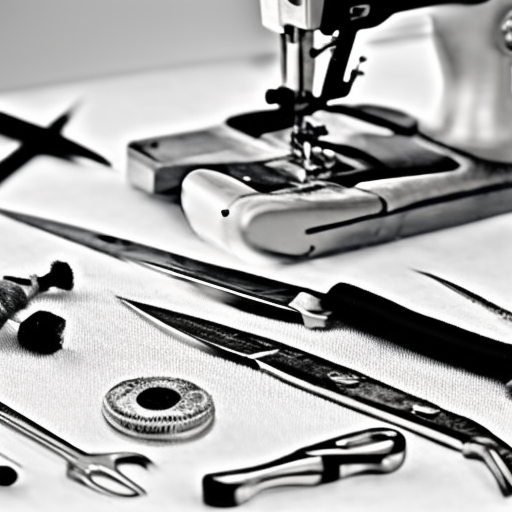
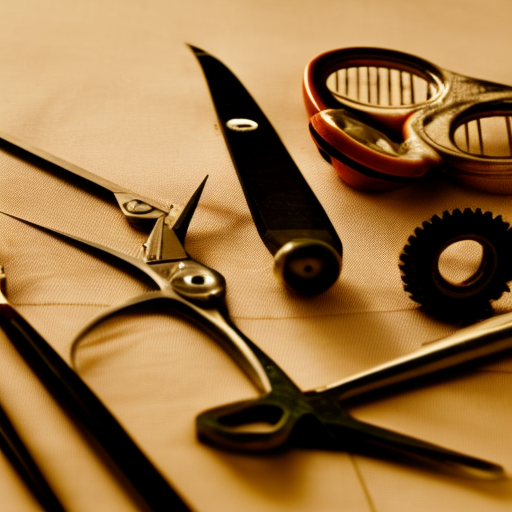
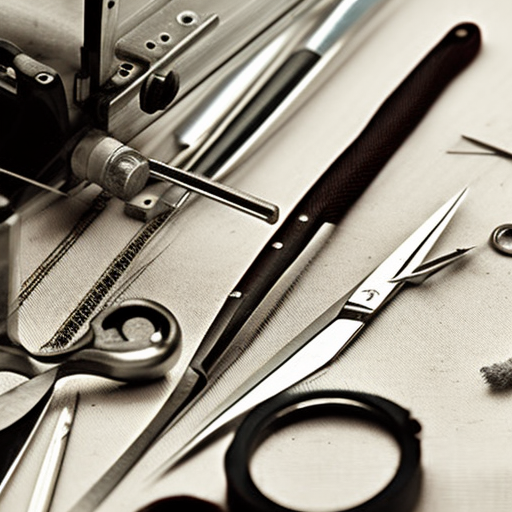
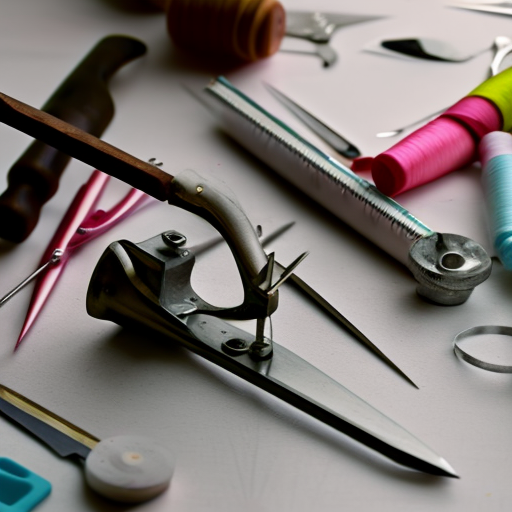
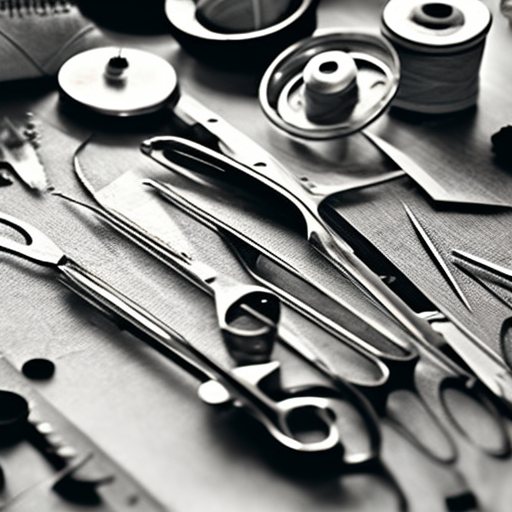
This post is so helpful!
Kathy Taylor: So informative!
Great resource for sewers!
Tim Brown: Love this! I’m adding it to my favorites!
@Tim Brown, @Kathy Taylor: Couldn’t agree more! Definitely a great resource for new or experienced sewers – thanks for sharing!